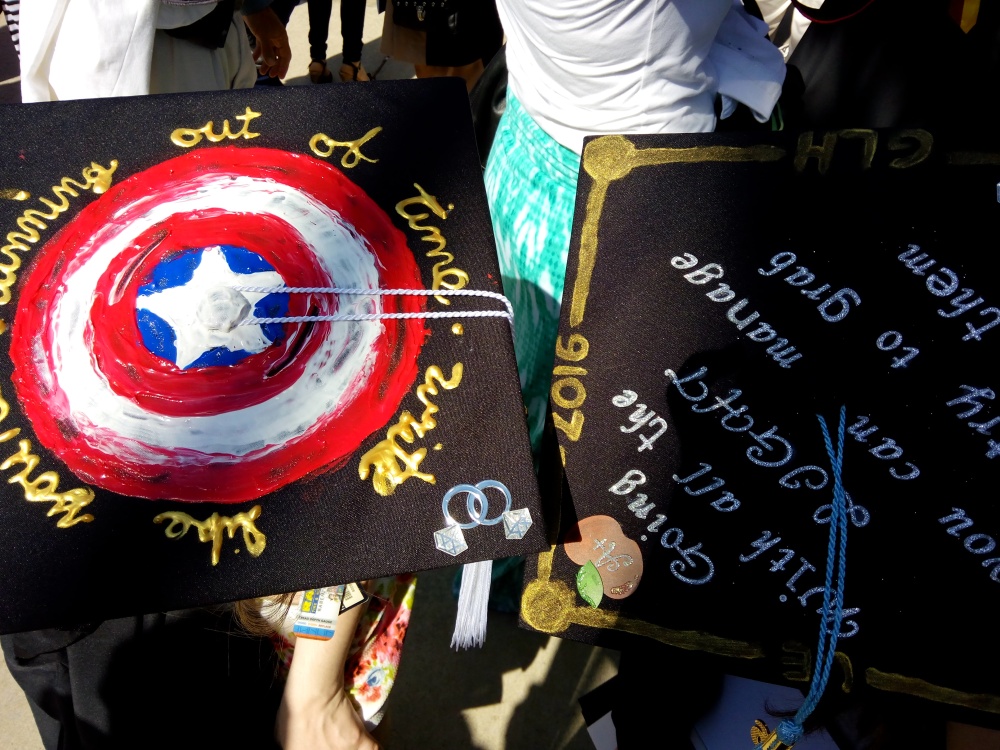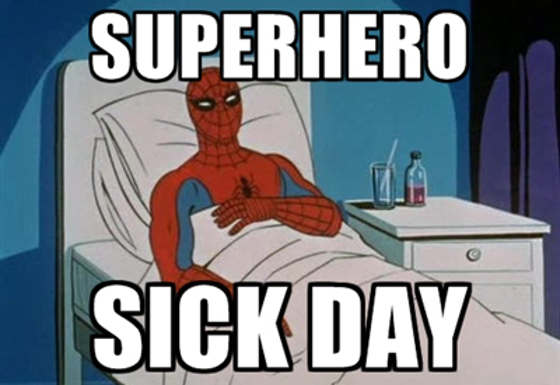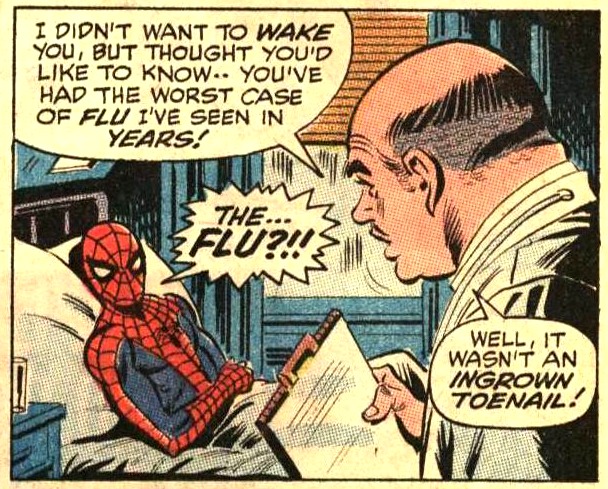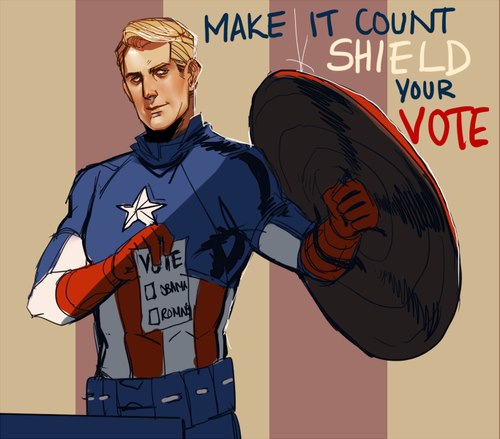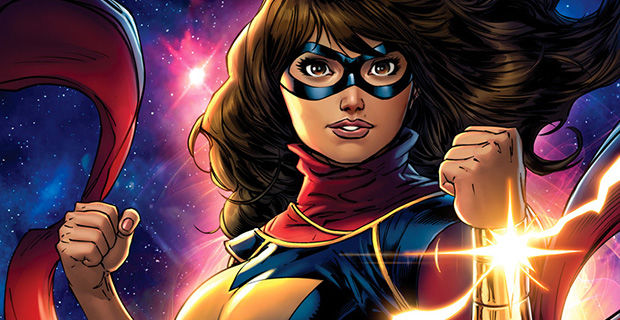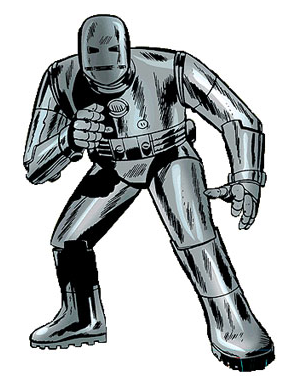
This Summer In Review: A Comics Retrospective Presented By Your Students
“I retire for what, like, five minutes, and it all goes to shit.” -Clint Barton/Hawkeye, Captain America: Civil War
Summer break is long and short at the same time: long enough for the kids to miss their friends and drive their parents/grandparents/babysitters/siblings nuts, short enough for it to feel, one week into school, as if they’d never left in the first place.
A lot happened in the superhero world in just a few short months. Captain America: Civil War, the comic event Civil War II, Batman: The Killing Joke, Suicide Squad, and of course San Diego Comic-Con. There have been Doctor Strange trailers and Punisher teasers, and both Tom Hiddleston and Mark Ruffalo posted great photos from the set of Ragnarok.

{Image is a photograph of Mark Ruffalo on the set of Thor: Ragnarok. He is wearing massive Hulk fists and punching towards the camera.}
What was your class’s favorite comic event of the summer? This week’s lesson plan is an essay that answers this question.
Students will engage in whole group instruction, discussion, peer tutoring, and a project.
Materials Needed:
- Notebooks and black pens/pencils for first drafts
- Red pens for revisions
- Computers for student use with access to the Internet for research + with Microsoft Word for final drafts
Standards Met:
- CCSS.ELA-LITERACY.CCRA.W.5 Develop and strengthen writing as needed by planning, revising, editing, rewriting, or trying a new approach.
- CCSS.ELA-LITERACY.W.9-10.2.D Use precise language and domain-specific vocabulary to manage the complexity of the topic.
- Ask the students what important comic-related events happened over the summer. This can include films, comic books, graphic novels, Comic Con panels, and etc. Discuss. This should take five to ten minutes.
- Tell the students that they will be researching and writing a one-and-a-half to two-page essay about what they think was the most important comic event of the summer. Tell them again that this can include live action films (such as Civil War, Suicide Squad), animated films (such as the Batman: The Killing Joke adaption), comic books (such as Civil War II), graphic novels, Comic Con panels, and etc.
- Have the students raise their hands and remind you of the steps of the writing process (planning/outline, the draft and revision cycle, peer editing, and the requirements of a final copy). This should take five minutes.
- Have the students make a plan or outline of their essay on notebook paper. If they need ideas, they may look up comic book news articles on the computer.
- For the rest of the class period, have students write their rough draft on notebook paper. Have them double-space so that they will have room for edits.
- During the next class period, pair up the students and have them peer edit each other’s papers. Students may use the rest of that class period to work on a final draft of their paper.
- A final typed and double-spaced draft of the essay will be due at the beginning of the third class period. Have students volunteer to present their papers to the class, either by summarizing their ideas or reading the essay in its entirety.
What was the most important comic event of your summer? What issues did your class discuss during the essay-writing process? As always, let me know what you thought about this lesson plan in the comments!
